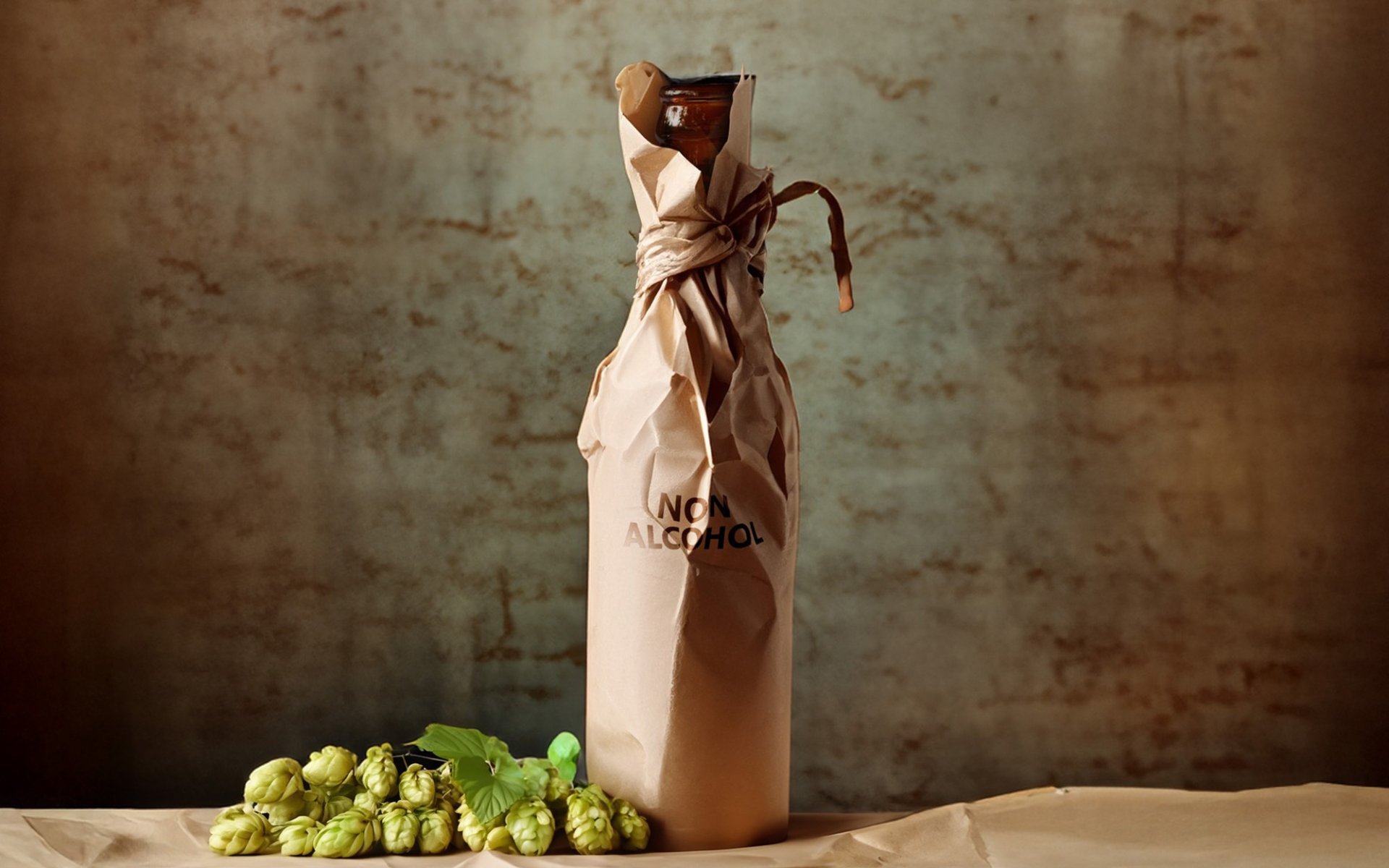Non-Alcoholic Beer

The history of non-alcoholic or low-alcohol beer spans many centuries, with its origins tracing back to ancient civilizations. The oldest known non-alcoholic beer was produced in Ancient Egypt around 5,000 BCE. At that time, Egyptians often brewed a low-alcohol fermented beverage called zythum, which is believed to be the precursor to non-alcoholic beer, consumed for refreshment and its nutritional value.
Non-Alcoholic Beer (NA beer) is a beer that has undergone a brewing and fermentation process where most of the alcohol has been removed, yet it retains the aromatic hop character and refreshing qualities typical of beer. In reality, non-alcoholic beer isn't entirely alcohol-free; it contains such a minuscule amount of alcohol that the law permits the use of the term "non-alcoholic." Generally, non-alcoholic beer, by legal definition, must have an alcohol content of no more than 0.5% by volume (ABV).
Historical Roles in Religion and Medicine
Throughout history, non-alcoholic beer was used in various religious rituals and for medicinal purposes. For instance, in Ancient Egypt, non-alcoholic beer was not only consumed but also offered as a tribute to deities, demonstrating its significant status in both secular and religious contexts. During the Middle Ages in Europe, monasteries played a crucial role in beer production, including non-alcoholic versions. These were often used for medicinal purposes, as monks believed beer possessed healing properties, such as boosting strength or alleviating ailments.
Turning Points in the 19th Century and the Prohibition Era
In the 19th century, non-alcoholic beer began to gain more prominence due to changing consumer preferences, technological advancements, and social movements. The Temperance Movement, advocating for reduced alcohol consumption, gained traction as many viewed alcohol as a source of social problems. Consequently, many breweries started producing non-alcoholic beer as an alternative to traditional beer.
Furthermore, during the period of Prohibition in the United States, from 1920 to 1933, non-alcoholic beer saw a significant surge in popularity. Although there were strict prohibitions on alcohol production and sales, the law did not explicitly cover beers with an alcohol content below 0.5%. Thus, many breweries in the U.S. adapted by producing large quantities of non-alcoholic beer to meet consumer demand for a beer-like beverage.
However, even after the repeal of Prohibition in the United States, non-alcoholic beer continued to enjoy sustained popularity, particularly among athletes and individuals who needed to avoid alcoholic beverages for medical reasons, such as those with certain health conditions or those taking specific medications.
Modern Non-Alcoholic Beer Production Technologies
The latter half of the 20th century brought significant advancements in brewing technology. Brewers developed sophisticated methods for producing non-alcoholic beer while preserving the flavor and aroma of their alcoholic counterparts. These techniques include:
- Vacuum Distillation: This is one of the most popular techniques, where alcohol is heated until it evaporates at a low boiling point under vacuum conditions. This process effectively removes alcohol while preserving the beer's delicate aromas and flavors.
- Reverse Osmosis or Membrane Filtration: This method uses high pressure and heat to remove alcohol. It results in non-alcoholic beer that tastes more like its alcoholic equivalent because alcohol is filtered out, while flavor compounds remain on one side of the membrane and are later recombined.
- Cold Contact Fermentation (CCF) or Cold Contact Process (CCP): This technique allows for the production of non-alcoholic beer by utilizing very low fermentation temperatures and extended fermentation periods. At these low temperatures, yeast produces significantly less alcohol while still contributing to the complex flavors and aromas characteristic of beer.
Current Trends and Popularity
Currently, consumers are becoming more health-conscious and increasingly aware of responsible alcohol consumption, leading to a surge in demand for non-alcoholic beer. Modern brewers are now creating a diverse range of non-alcoholic beers, from bold IPAs (India Pale Ales) with intense hop bitterness and aroma to rich and malty Stouts. This offers consumers a wide variety of choices, especially for those seeking the taste of beer without the alcohol, allowing them to enjoy social gatherings without concern for intoxication. Non-alcoholic beer has truly become an integral part of a more balanced lifestyle.


